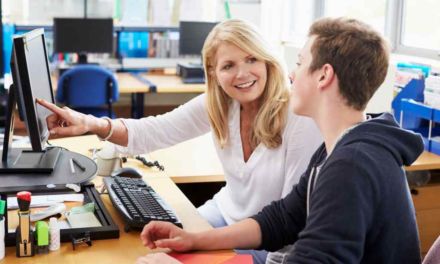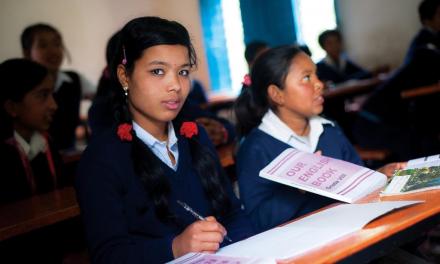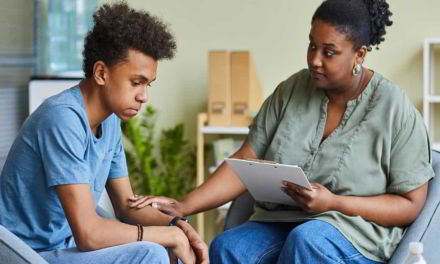Primary school pupils in England returned on Monday with social distancing and limited class sizes.
However some councils guarded against reopening – with 90% of schools in some areas remaining closed.
What are the current requirements of pupils returning? What is preventing parents sending their children back? And how can blended learning support pupils? This blog post explains.
The reopening of primary schools
Schools in England have remained opened to some pupils – those that are vulnerable and children of key workers throughout the coronavirus pandemic.
From 1 June, the Government had urged Reception, Year 1 and Year 6 pupils to be allowed back as part of the plan to ease lockown.
The Government guidelines mean that is far from normal for primary school pupils returning to school. The school will have to undertake regular cleaning, only provide small classes, social distance pupils and not share resources among students and staff.
However the National Education Union (NEU) has suggested almost half of schools chose not to admit more pupils on Monday.
Reluctance from schools to accept pupils
According to data from 11 of the 12 largest authorities, 88% of 856 primary schools surveyed remained closed to additional pupils. The figure increases to 92% in the North West.
Prime Minister, Boris Johnson, had conceded that he cannot force schools to reopen until they feel suitably prepared.
The Government scientific advisory committee (SAGE) has said that their modelling of school reopening pointed to a likely increase in the R rate of infection.
“The impact of seven different ways schools could reopen which all result in the R rate – or rate of transmission – increasing.
“The school reopening scenario chosen by the Government is not one of those modelled by Sage, making the impact of reopening even more uncertain. Robust testing systems are not in place everywhere.”
Professor Chris Whitty, speaking at the UK Government briefing on Wednesday, said that there was a balance between the virus and depriving children’s education.
He said: “Clearly there’s a very complicated balancing act for society in terms of the possibility the transmission on the one hand and depriving children of their education on the other.
“This is a very hard balancing act but this is where we’re trying to, as a society, walk between two risks, a risk to education and a risk to health. And the rates of transmission are now much lower than they were at the point where schools were closed.
How blended learning can support primary school reopening
Blended learning could become the new normal in education, according to reports.
This would mean a balance between in-school and online learning. Blended learning provides flexibility to teachers and pupils, means they can work at their own pace and use a range of tools to engage in the learning process.
Online learning can consist of assessments, quizzes, learning resources and other tasks to engage the learner. As all working are submitted to the system, pupil performance can be analysed and feedback more accurately provided.
How can EDArcade can help with primary school reopening?
EDArcade can support blended learning with a wide range of educational games. More than 100 educational games are available in key subjects including Maths, English and Science.
This is a fun and exciting way to help primary school pupils engage in education. While it also means educational learning can take place away from the classroom – with class sizes limited due to social distancing.
You can find out more about EDArcade here. To find out about our support of a range of UK charities, click here.
To subscribe, call 01909 776 906.










